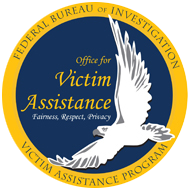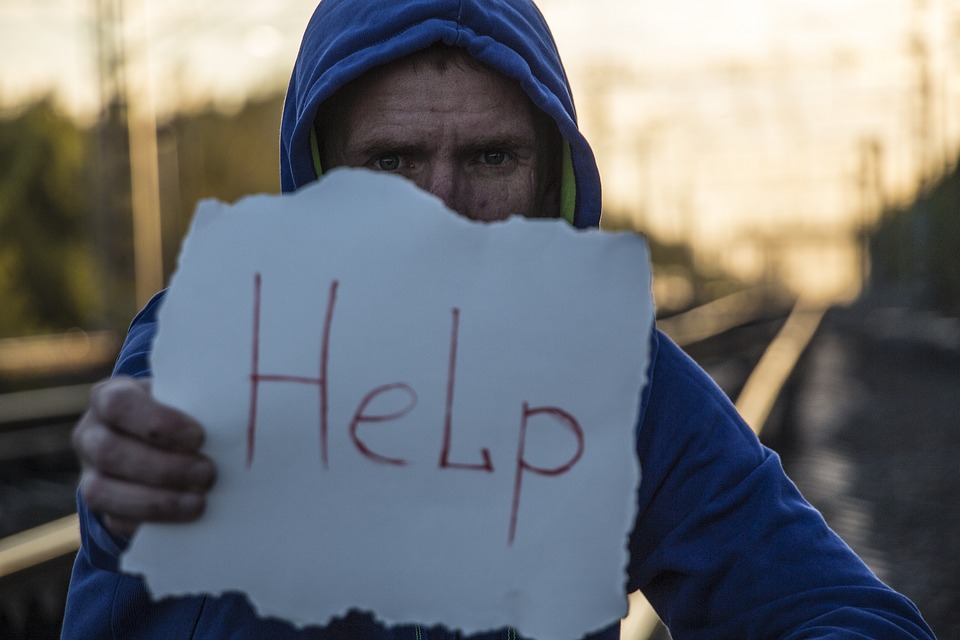When someone says something or talks about an alcohol or drug intervention, what’s the first thing that comes to mind? The TV show Intervention. I think just about all of us have seen an episode or two. We watch in amazement of the types of situations that are dealt with. Some may think there is no way this show can be real and the things that the people do on the show are rehearsed, made up or acted out.
True, some of the things on the show may be done for the sake of the show. However, substance users do live their lives in the way depicted. We all know the how the show goes. They follow the users around and, show how the different family members are taken advantage of, and behaviors and dysfunctions of all involved. Then they hold the intervention in the hopes the loved one will accept the offer of help and treatment. Granted this an hour TV show, has to keep you entertained for you to watch it. Many of the types of situations that bring the family to the point of doing an intervention are very real. What you don’t see much of is all the work that goes into making the intervention happen.
It’s about Love
First let’s be clear interventions are done out of love, care and compassion for the addicted loved one. One thing you should notice on this show and how things happen. The addicted person is never judged, berated, or treated poorly in any way. The goal of the intervention is not to show, or tell the addicted person all the things they done wrong, have lost, or screwed up. If you are to the point of thinking of doing an intervention, the addicted person most likely knows they have problem. Most often they are either afraid to face it, just don’t know how, or both. The alcohol or drugs have hijacked their brain and way in which they think and reason is all sorts of messed up.
It’s a Process
In an intervention there is much planning that goes into it. An intervention is not an event, but rather a process. There is a checklist of items that need to addressed, plans to made, details worked out. Once set in motion it rolls along with all the planning that taken place. This where having the professional involved will assist with all the different aspects of planning.
Interventions can be extremely emotional for all involved
It is not always just sitting down the loved one and having a conversation. You have probably done a few times by now. Keeping in mind the main goal of the intervention is to get the addicted person to agree to go into treatment. A intervention will not make them sober, or fix everything that is wrong. It is the very first step of the change process. In my opinion there is no such thing as a failed intervention. During the process you have reached out to the loved one in the most loving of ways. No one can make anyone do something, all you can do try. Therefore by doing an intervention you have taken great effort to “try” and know that you have. Does this mean if they say “no I’m not going” that you abandon them and totally delete them from your life. No, however it does mean that uphold your boundaries that you set. Very often if someone says “no” at the time of the intervention, if the boundaries are upheld their life becomes even more difficult, treatment becomes a viable option out.
Family
These are all things that discussed with the members of the family. Speaking of the family members they will need to be ready to make changes in the way they do things as well. Just as much as the addicted needs to learn new behaviors ways of doing things, the same is very much true for the family. An addiction never only affects the addicted, therefore all must change and heal. For these reasons if considering doing an intervention hiring a professional will greatly improve the outcome. As a family you are just too emotionally involved, and having that outside objective point of view and experience can pay dividends. If you do nothing, things will seldom improve on their own, and most often only get worse. People think you have wait for someone to hit “bottom.” Think of an intervention as a way to try and raise “bottom” to a point where the most awful things that fear of happening, don’t.




















